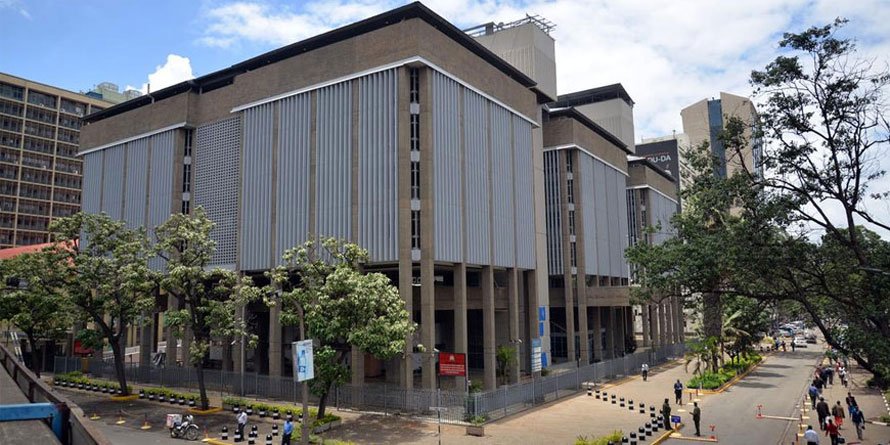Bank lending to parastatals has dropped to levels last seen four years ago on mounting defaults as the financial institutions move to cushion themselves from further losses in the State-owned enterprises (SOEs).
Latest Central Bank of Kenya (CBK) data shows that banks’ net loan book to parastatals has fallen for three consecutive months to close April at Sh77.2 billion.
The last time the sector’s loan book to parastatals was below the latest level was in March 2017 when it stood at Sh76.9 billion.
The drop in parastatals’ loan book comes on the back of a CBK report released in December last year disclosing that banks risked losing up Sh100 billion loaned to State entities.
The report cited a slowdown in economic activity, competition from cheaper imports and bad governance as the reason for the loss-making streak in most of the SOEs.
A Treasury report showed that more than half of the country’s 247 parastatals registered either a deficit or a loss in the last financial year that ended in June 2020.
The shrink in loan book to the parastatals means that the value of maturing loans is higher than the fresh lending to many of the loss-making SOEs.
Banks’s snub on parastatals has coincided with increased lending to the national government and counties.
Net loans to the national government have grown for 11 consecutive months to hit a high of Sh1.455 trillion in April.
Lending to counties expanded from Sh5.7 billion in March to Sh6.2 billion in April—the all-time high outstanding loan book to devolved units since CBK started publishing the data.
Banks have struggled to collect their debts from struggling State corporations, resorting to auctioneers and placing some of them under receivership to get their loans paid.KCB, for instance, put Mumias Sugar in receivership and attached a debenture to all East African Portland Cement assets in a demand for the repayment of Sh6 billion debt.A total of 35 banks had issued loans to SOEs by end of December 2019 – comprising some of the largest single borrower exposures, with those in the energy sector accounting for the biggest share.CBK said SOEs in the transport, trade and manufacturing sectors had most of their loans in watch and doubtful categories—pointing to elevated default risk.The regulator said parastatals had accumulated debt faster than private companies but their assets are not growing, which means the loans were not used prudently and hence their struggle to repay.
